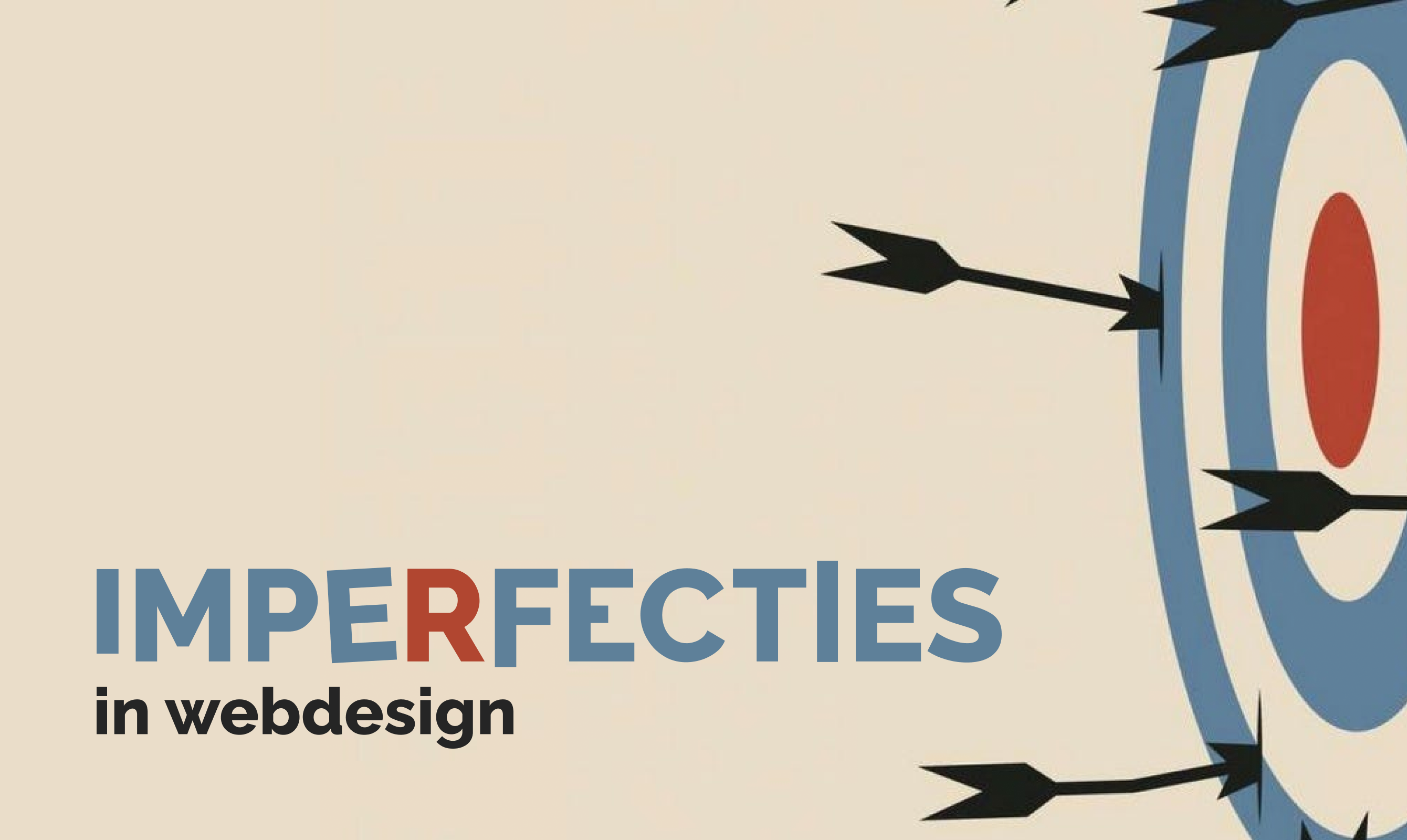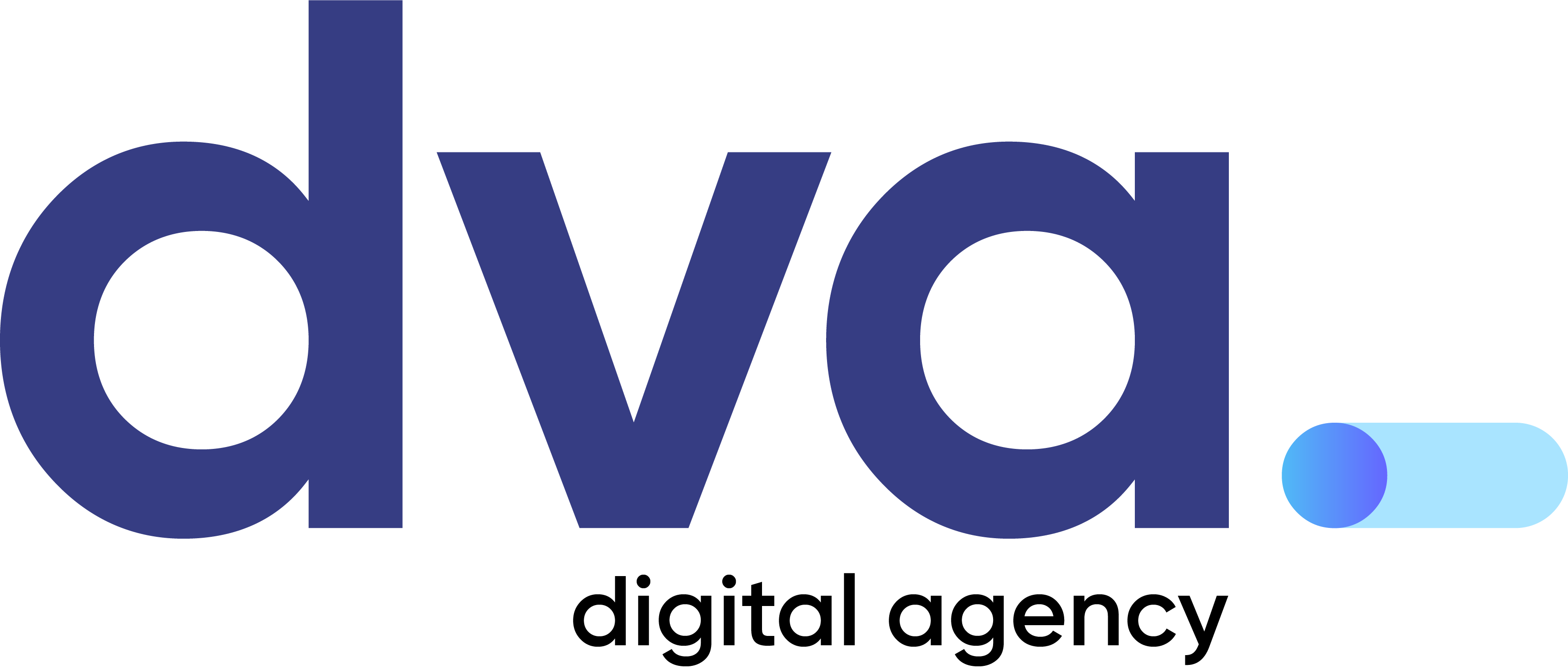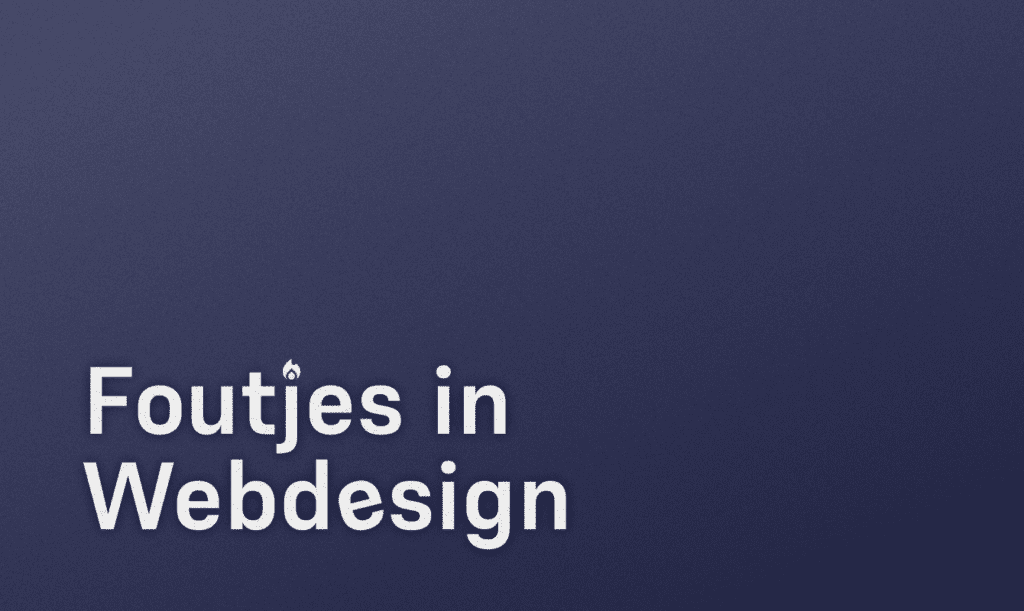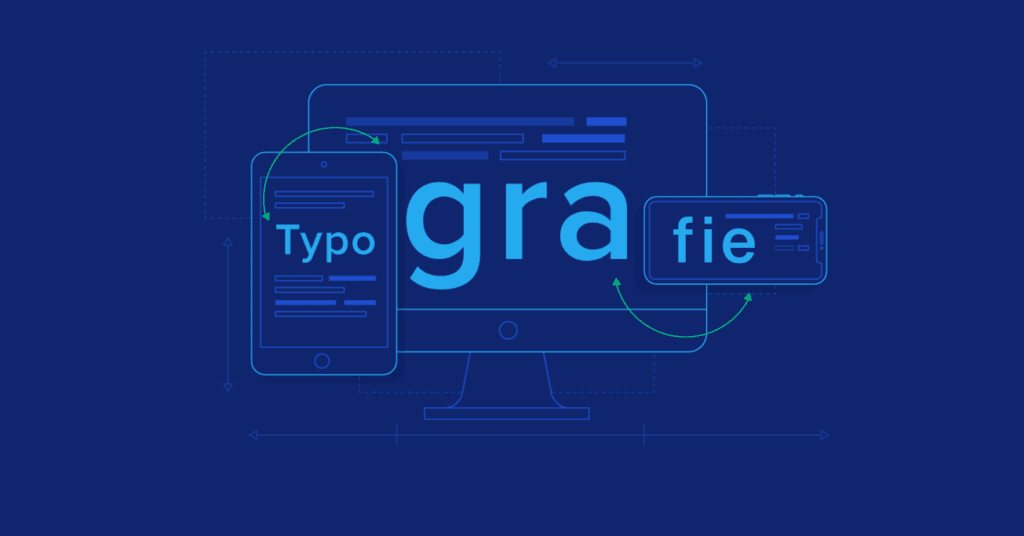
The Beauty of Imperfection in Web Design
Web design has long strived for perfection: clean layouts, symmetrical compositions and pixel-perfect elements. But in a time where authenticity and originality are becoming increasingly important, the aesthetics of imperfection are gaining ground. From asymmetrical designs to hand-drawn elements and raw textures, imperfection can give a website a unique and human look. But how does this work, and why should you consciously apply imperfection in web design?
Table of contents
When imperfection works
Imperfection in web design is not about sloppiness, but about consciously letting go of traditional design norms. This can have several advantages:
- Authenticity and Personality: Hand-drawn illustrations, rough edges and organic shapes give a site a crafted, personal look.
- User Engagement: Unexpected and unique visual elements keep visitors on a site longer and exploring it with greater curiosity.
- Humanity and emotion: Sleek, corporate designs often feel distant. Imperfection brings warmth and emotion to the user experience.
- Creative expression: Deviating from the norm gives designers more freedom to tell a brand story in an artistic way.
How do you apply imperfection?
- Asymmetrical Layouts Instead of the standard grid-based layouts, asymmetrical designs can feel more dynamic and surprising. This gives a site a unique look and breaks the predictability.
- Hand-drawn and Raw Elements Illustrations, irregular lines and scanned textures can give a website a crafted and personal touch. This works especially well for creative brands and artistic portfolios.
- Typed and Non-Standard Typography Cleanly finished fonts often feel generic. Using irregular, handwritten or experimental typography can add character and a playful feel to a website.
- Overlapping and Layering By overlapping different elements or placing them partly outside the standard grid, you create a sense of depth and spontaneity. This can make a design look less forced.
- Use of Color and Textures Instead of flat, digital backgrounds, using faded, watercolor-like, or grainy textures can create an analog, authentic look.
When imperfection doesn’t work
While the aesthetics of imperfection have many advantages, they are not suitable for all applications. For websites that require a clean, professional look – such as banks, medical platforms or legal services – a style that is too playful and rough can detract from credibility. It is important to find a balance between expressiveness and functionality.
Finally
The aesthetics of imperfection offer a powerful alternative to standardized, perfect designs that often feel too predictable and distant. By consciously incorporating asymmetry, hand-drawn elements, and organic textures, designers can create a more human, authentic, and engaging user experience. When used correctly, imperfection in web design can actually lead to a stronger, more memorable visual identity.


